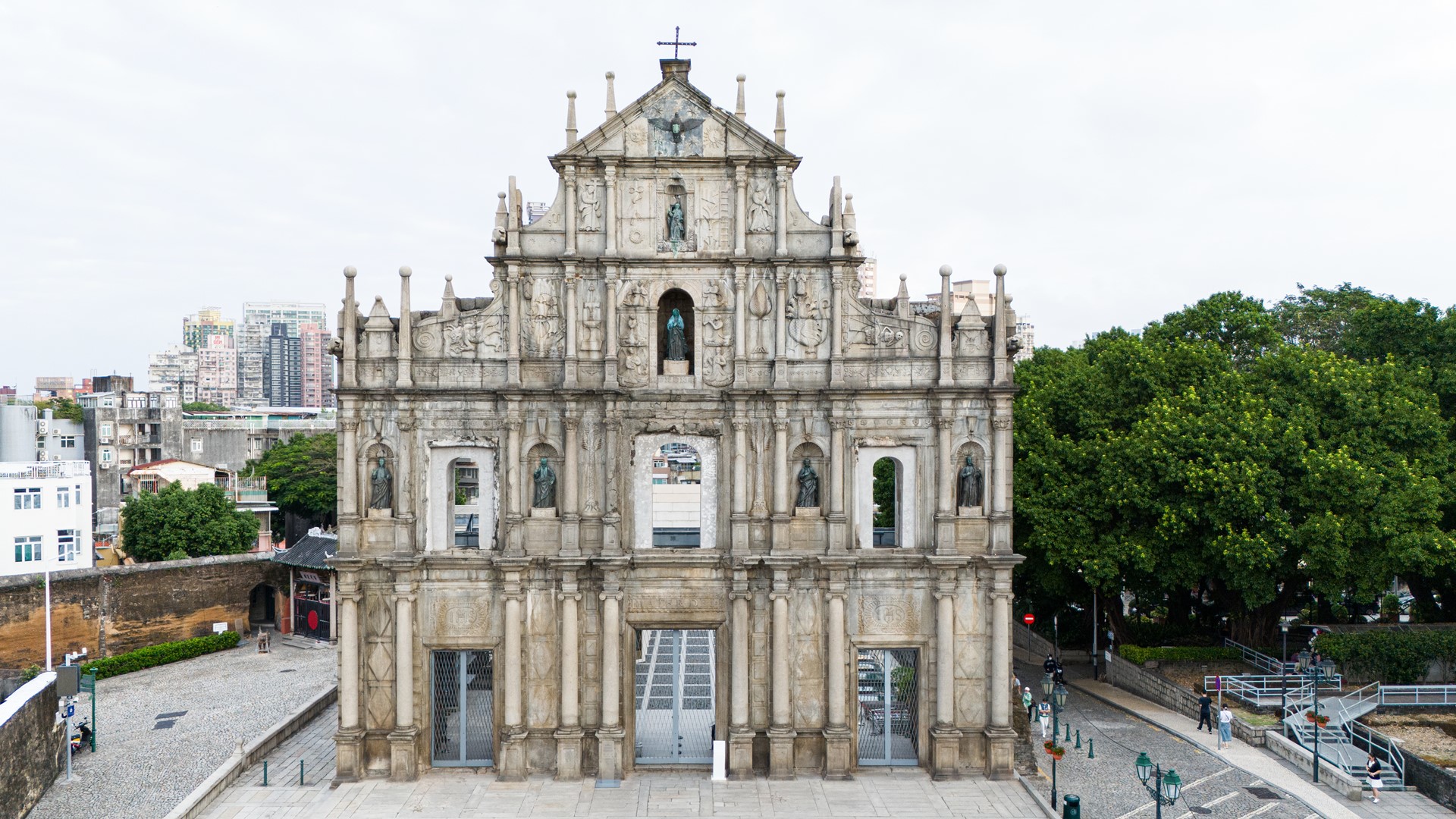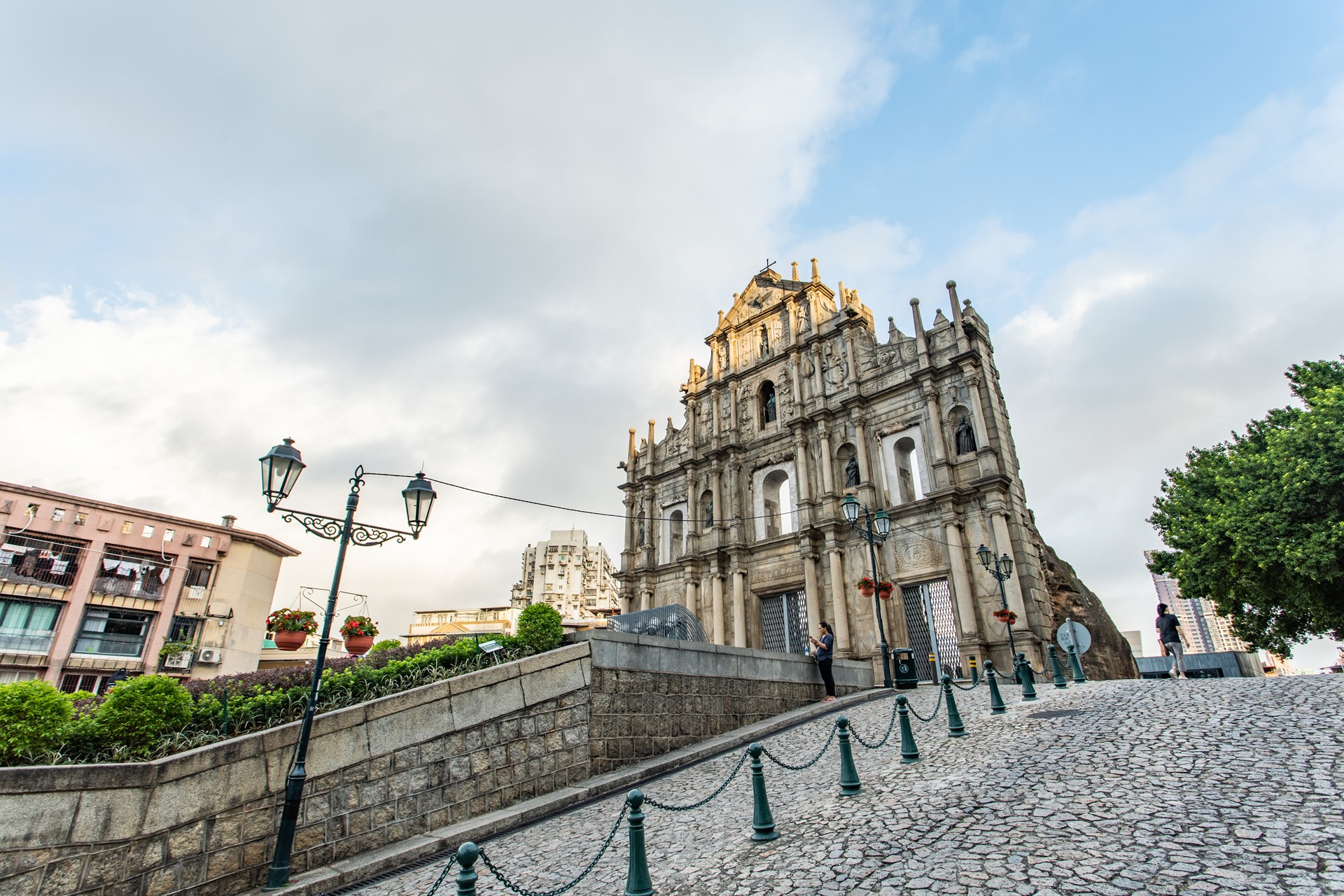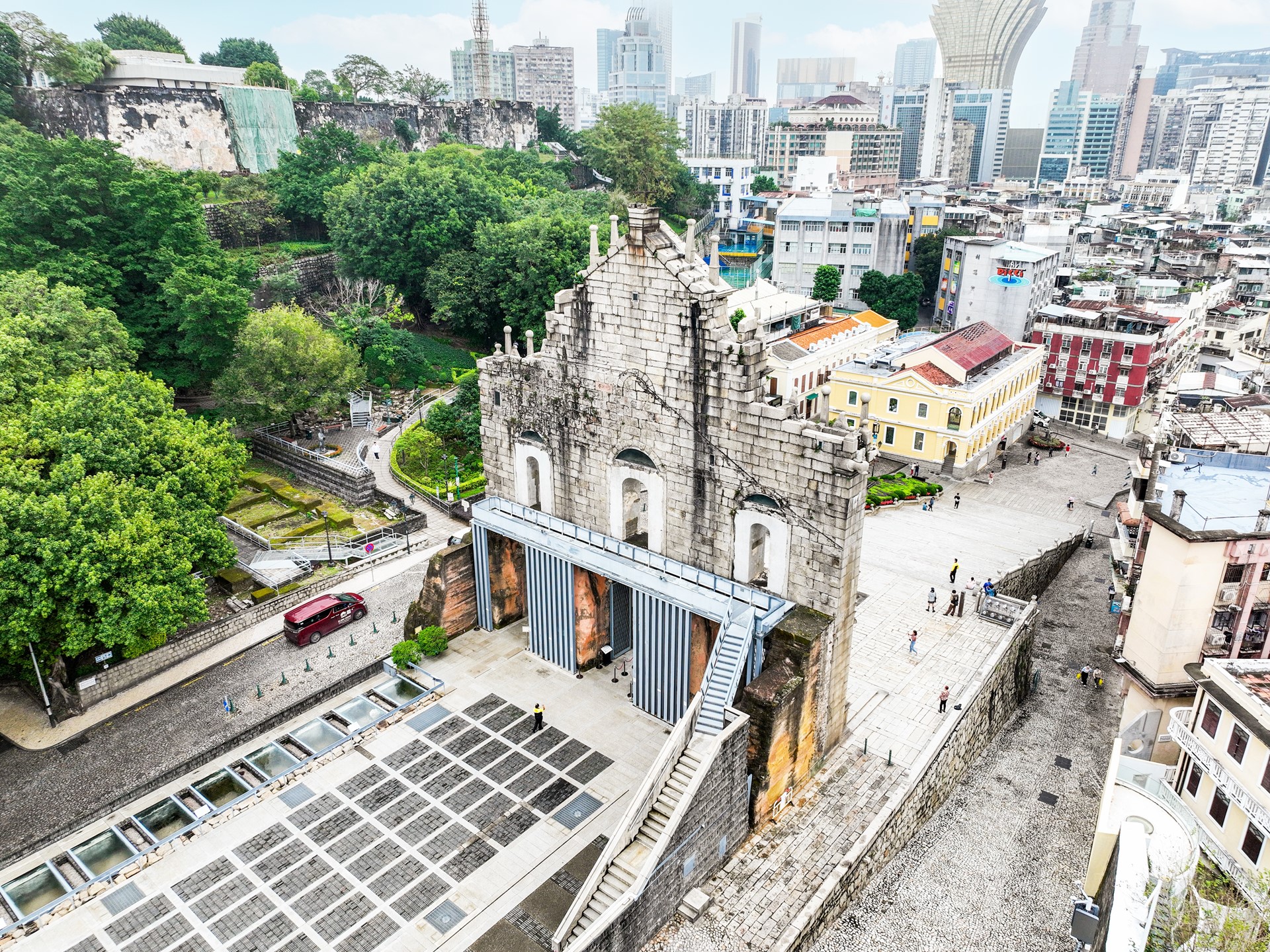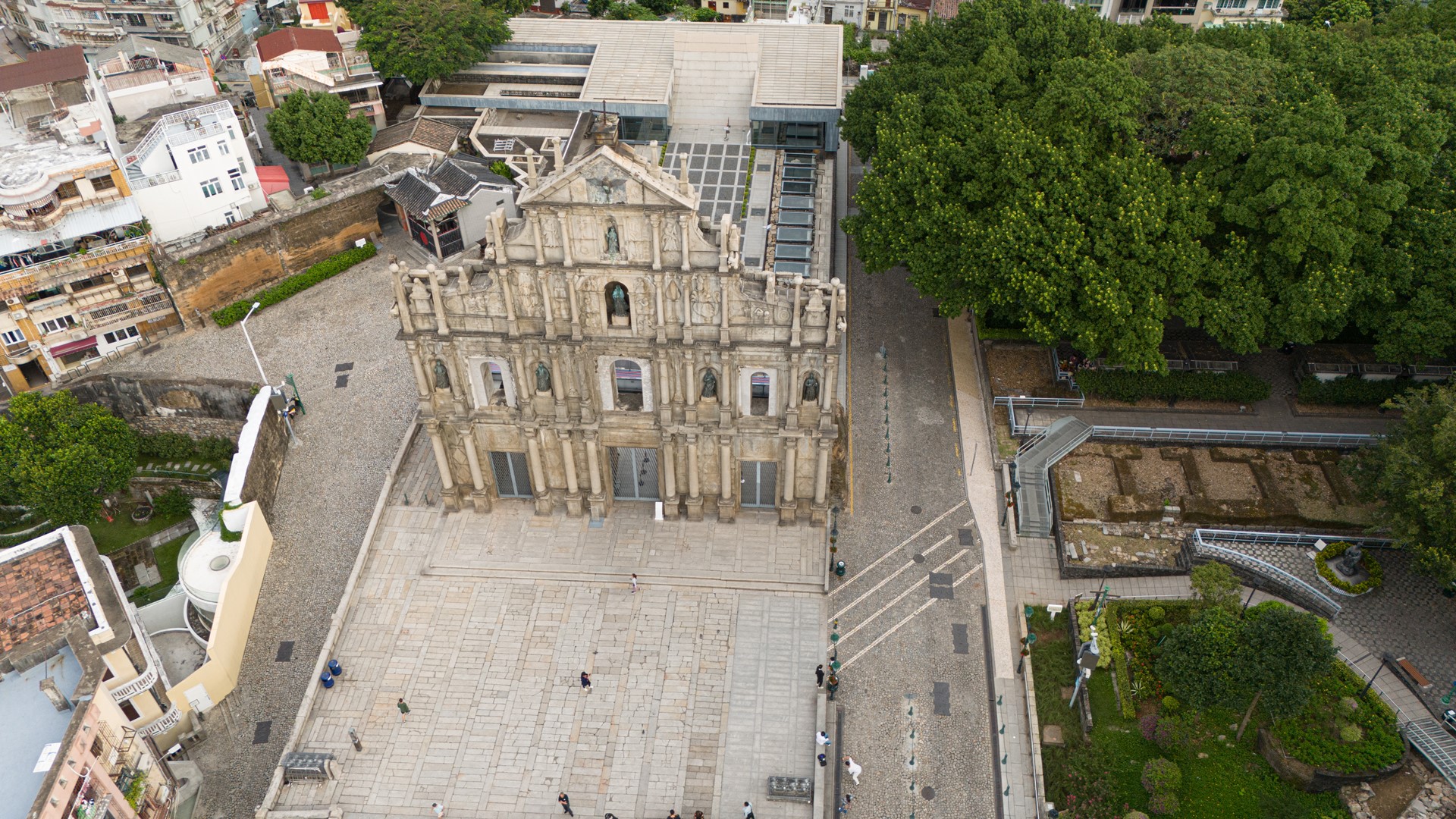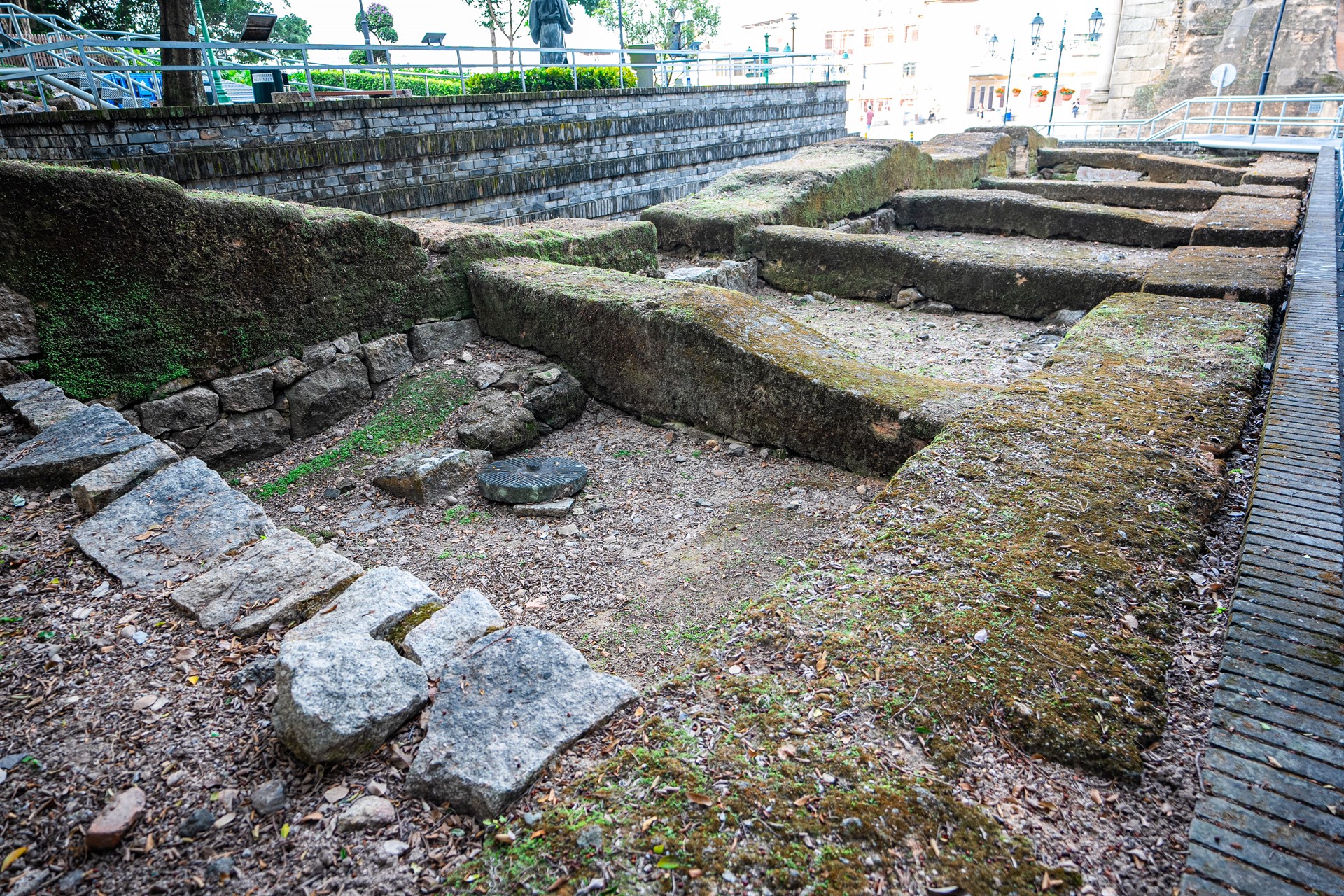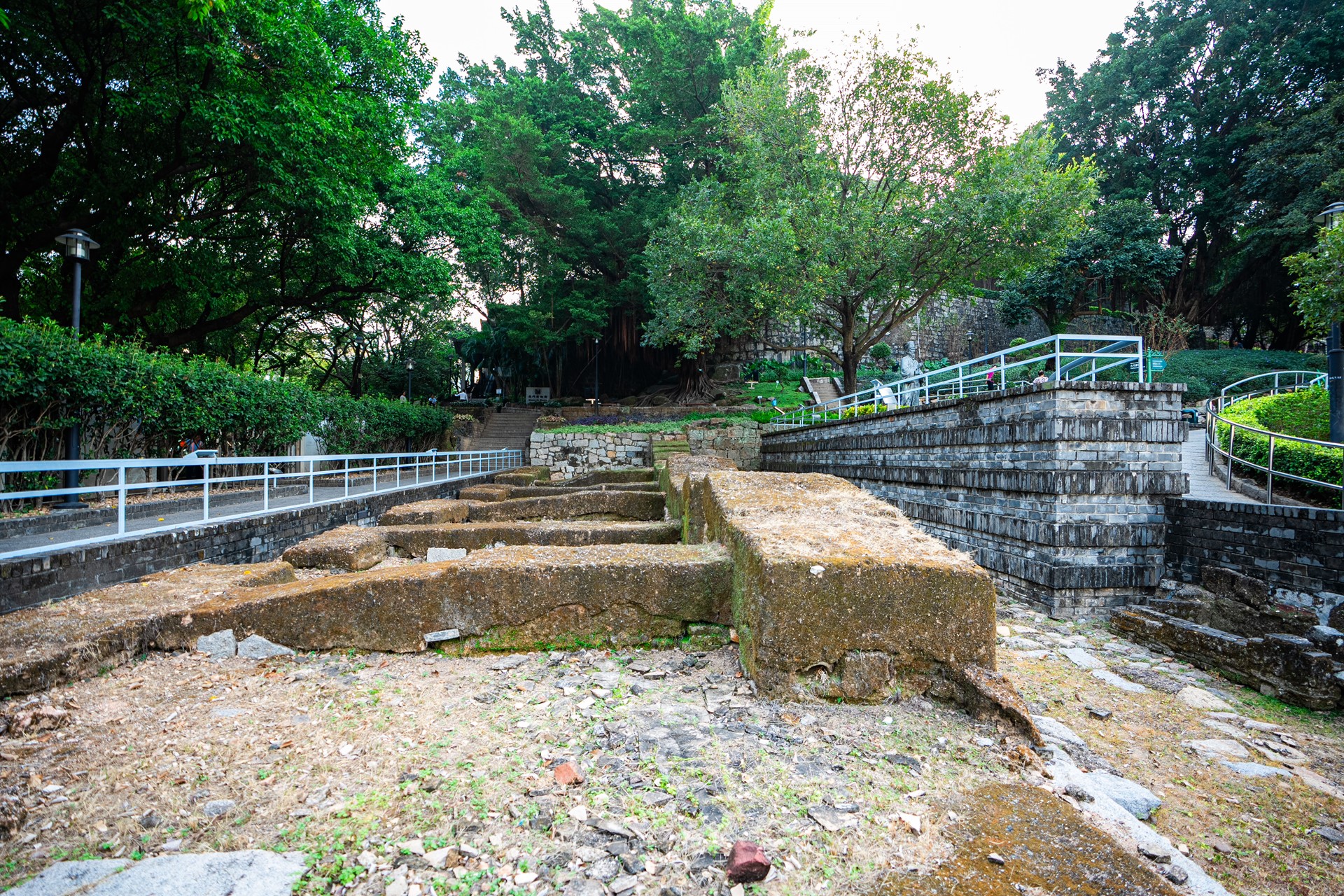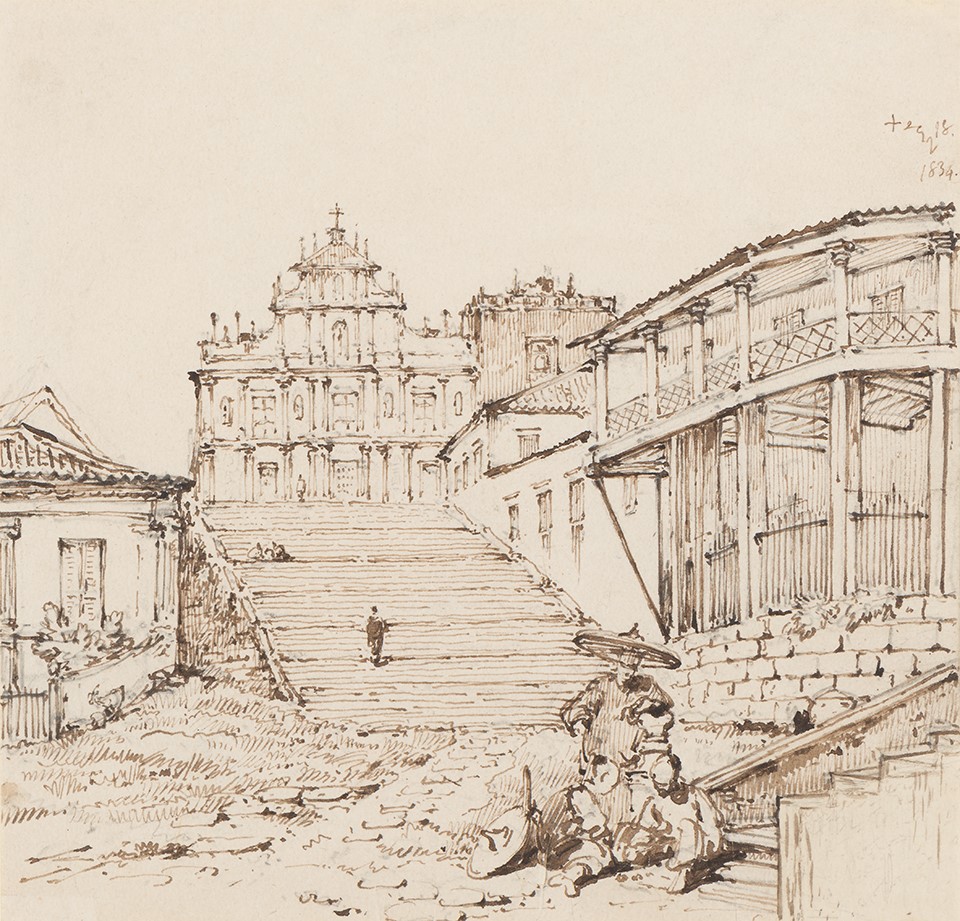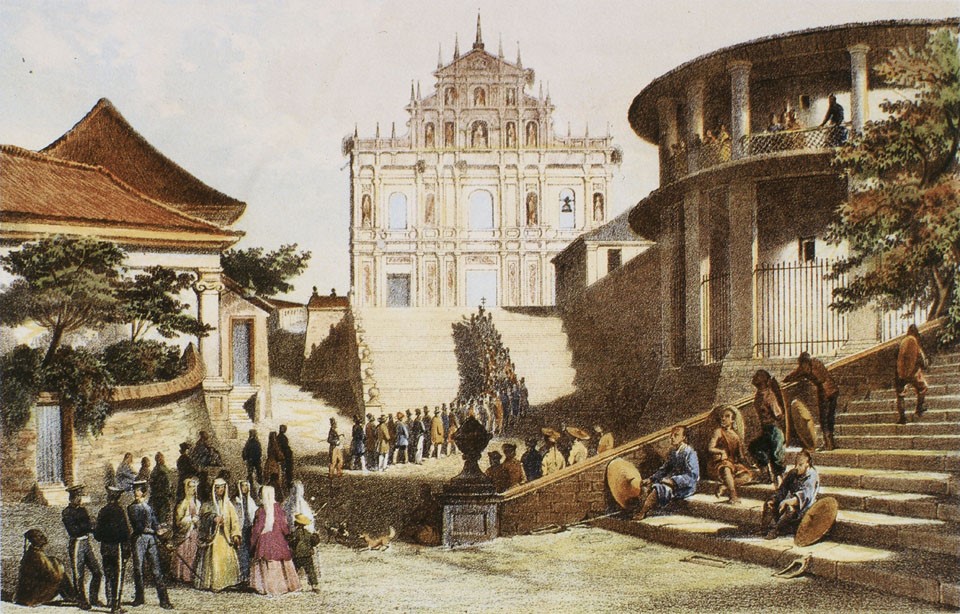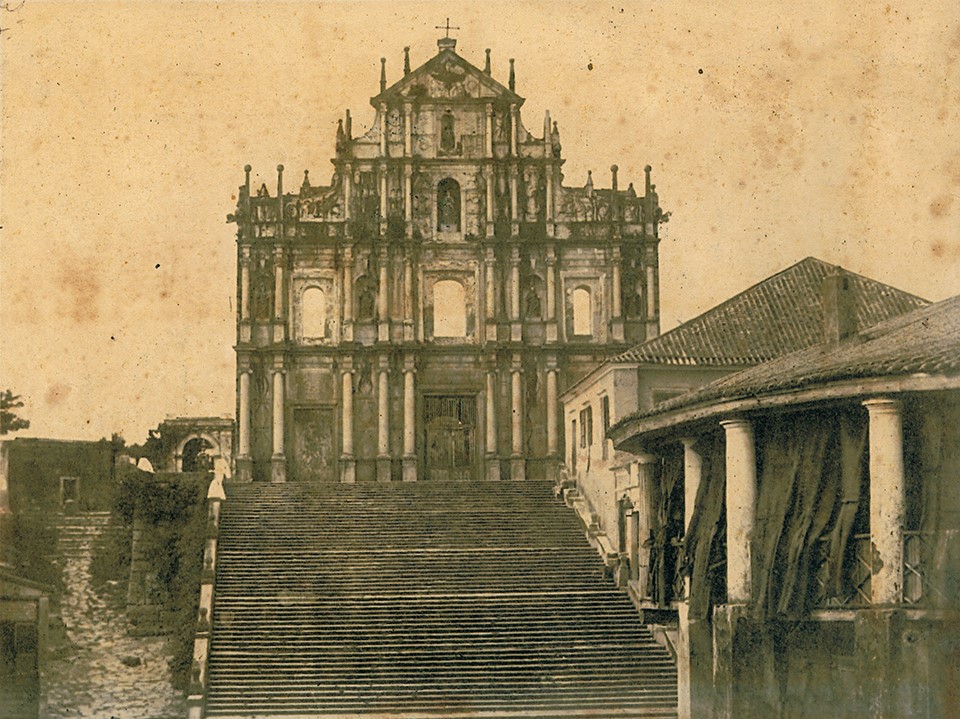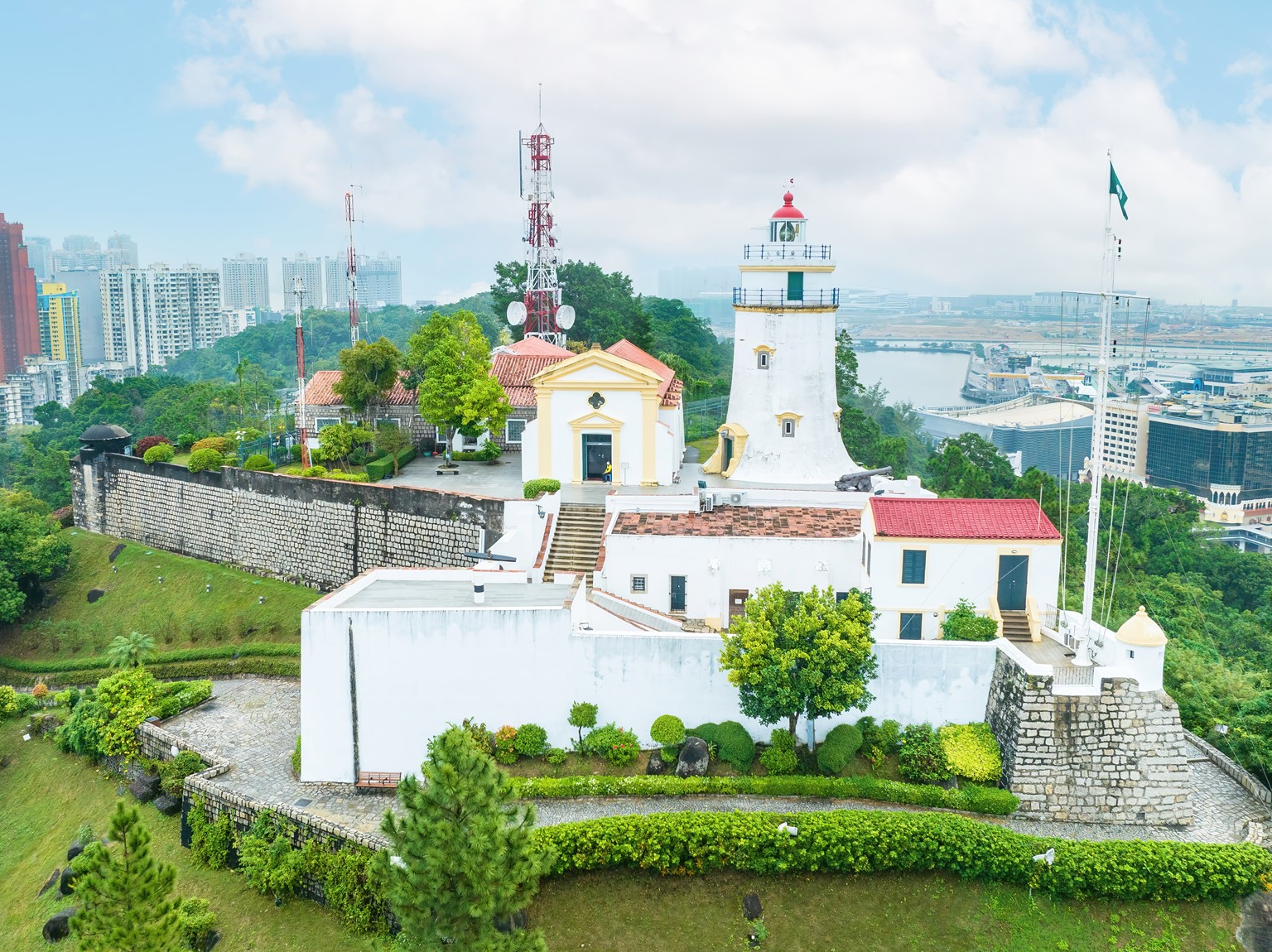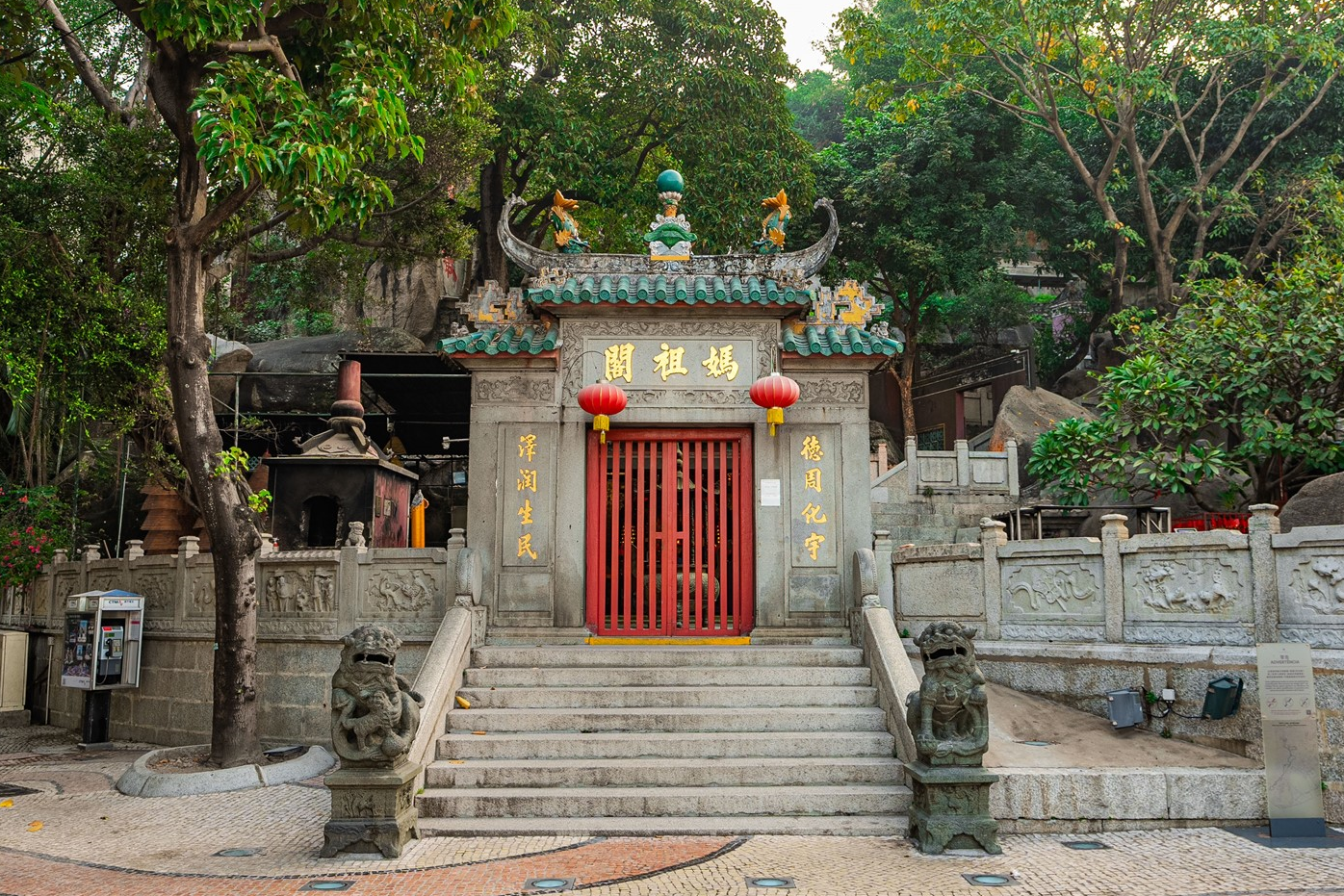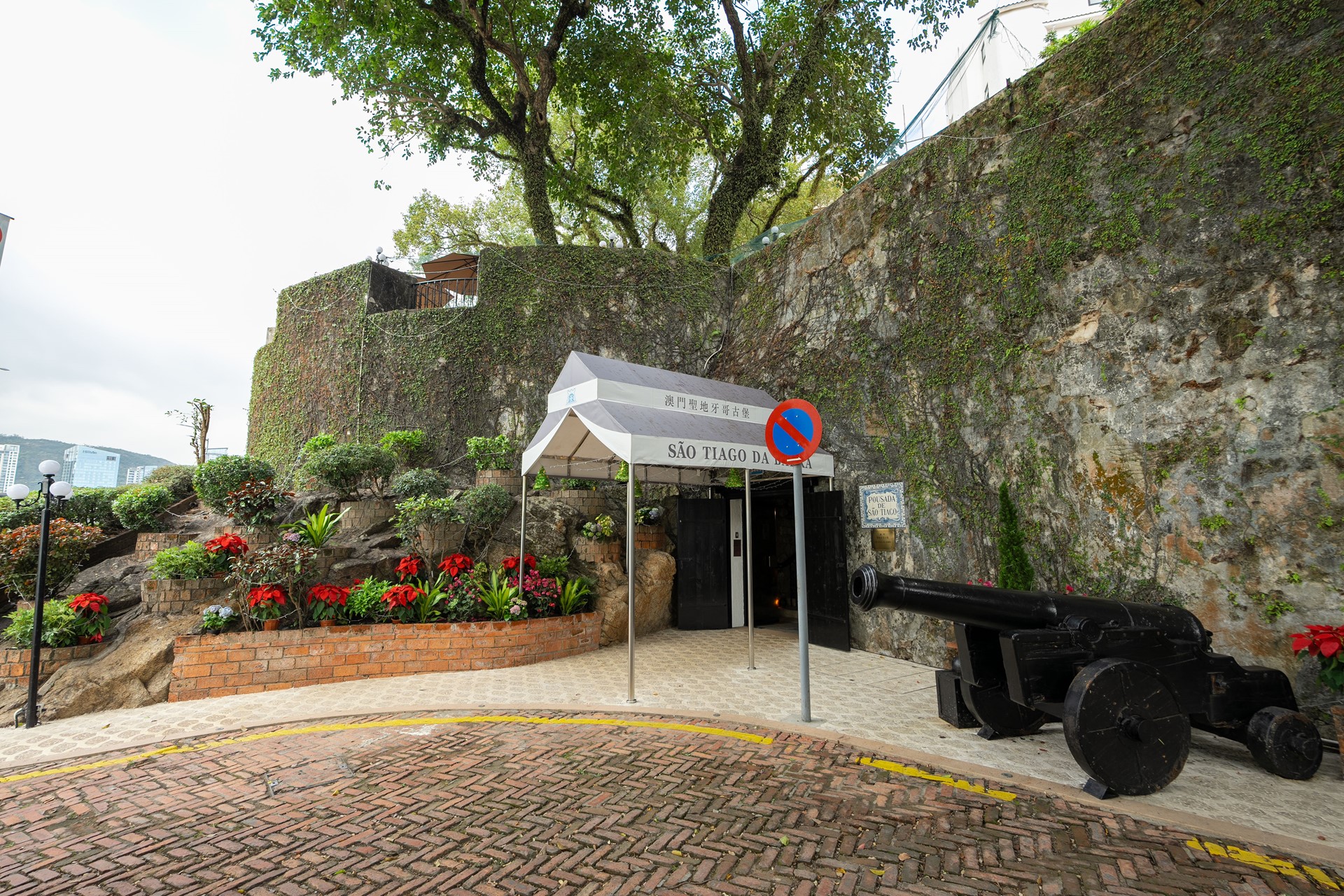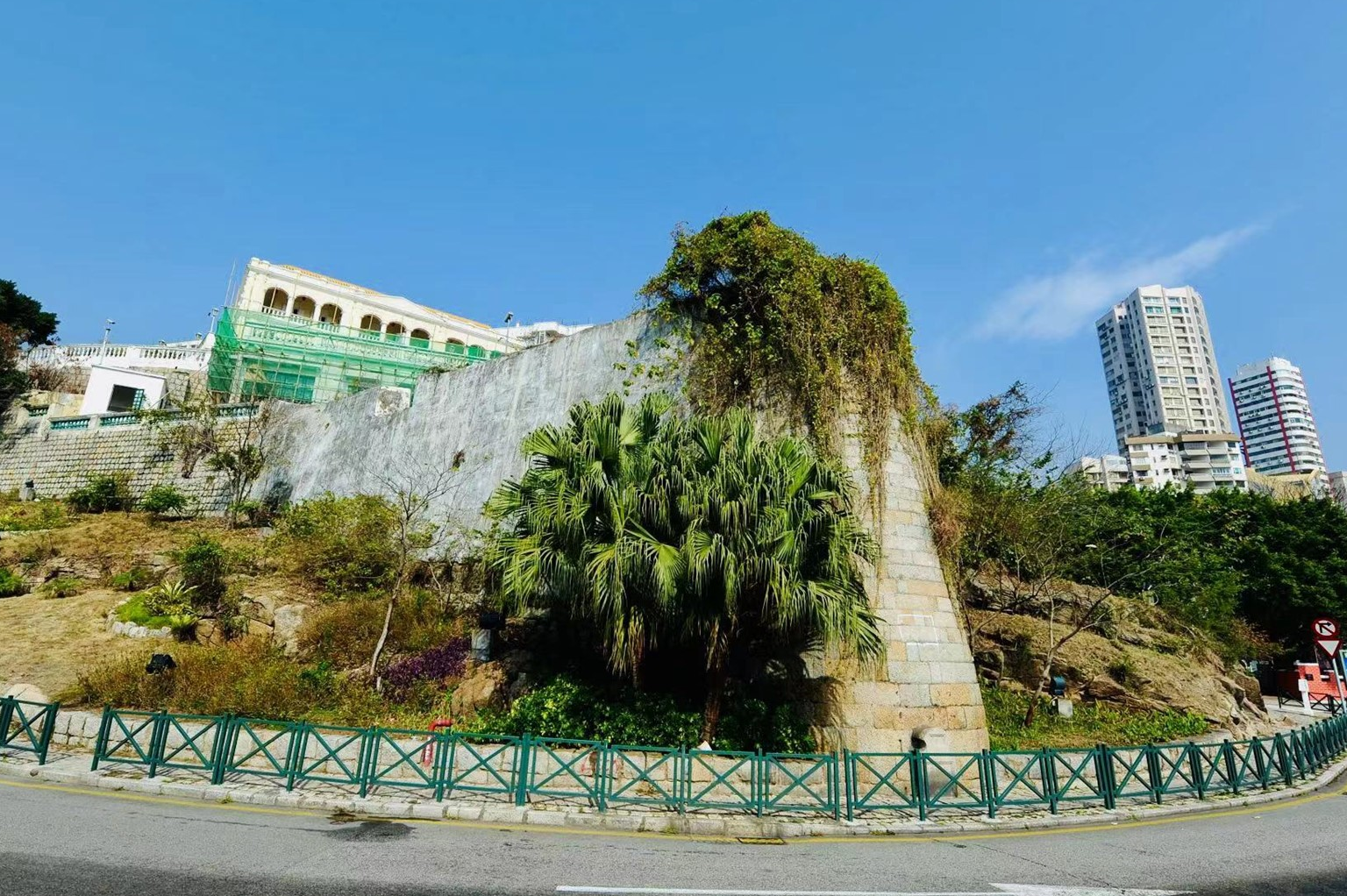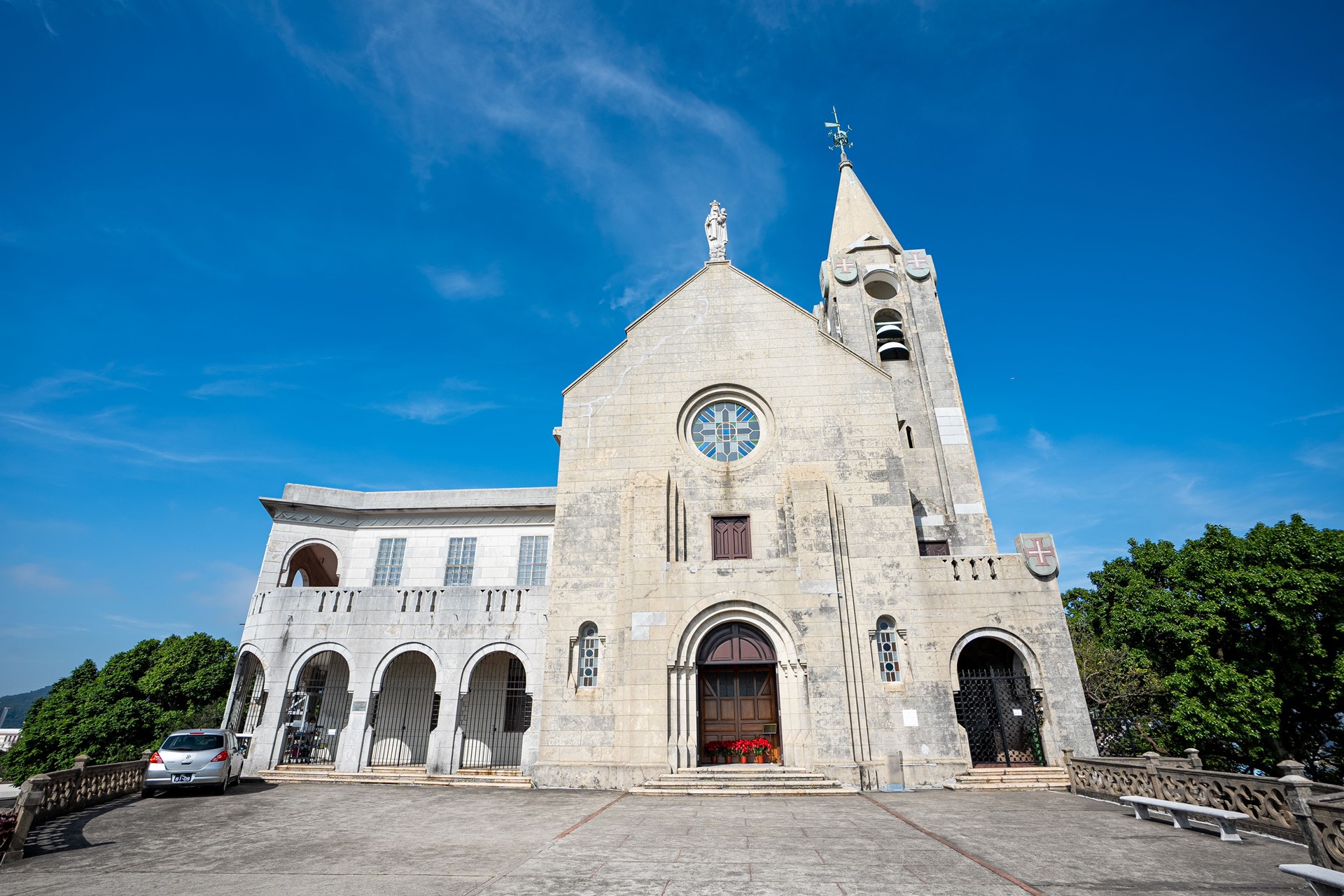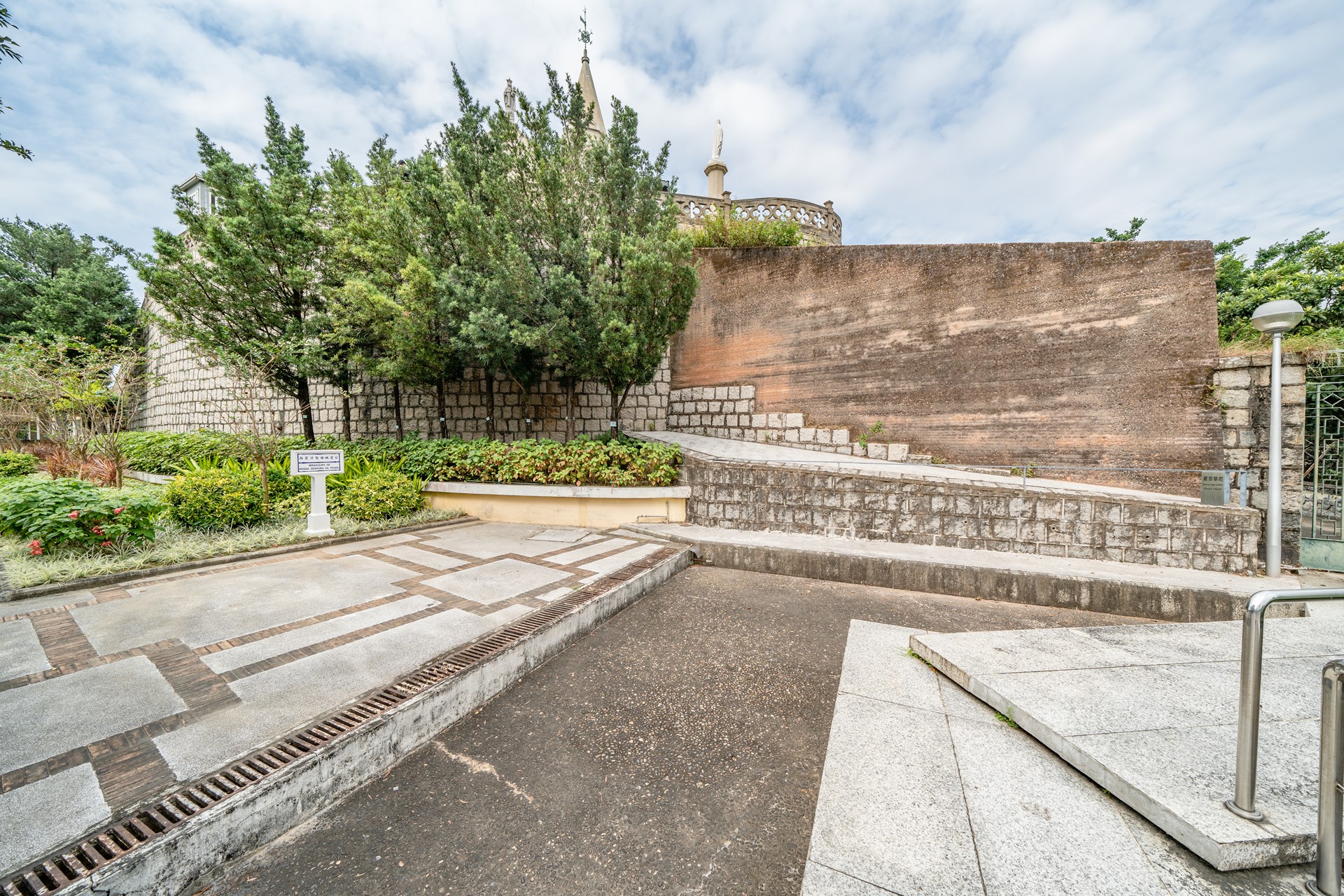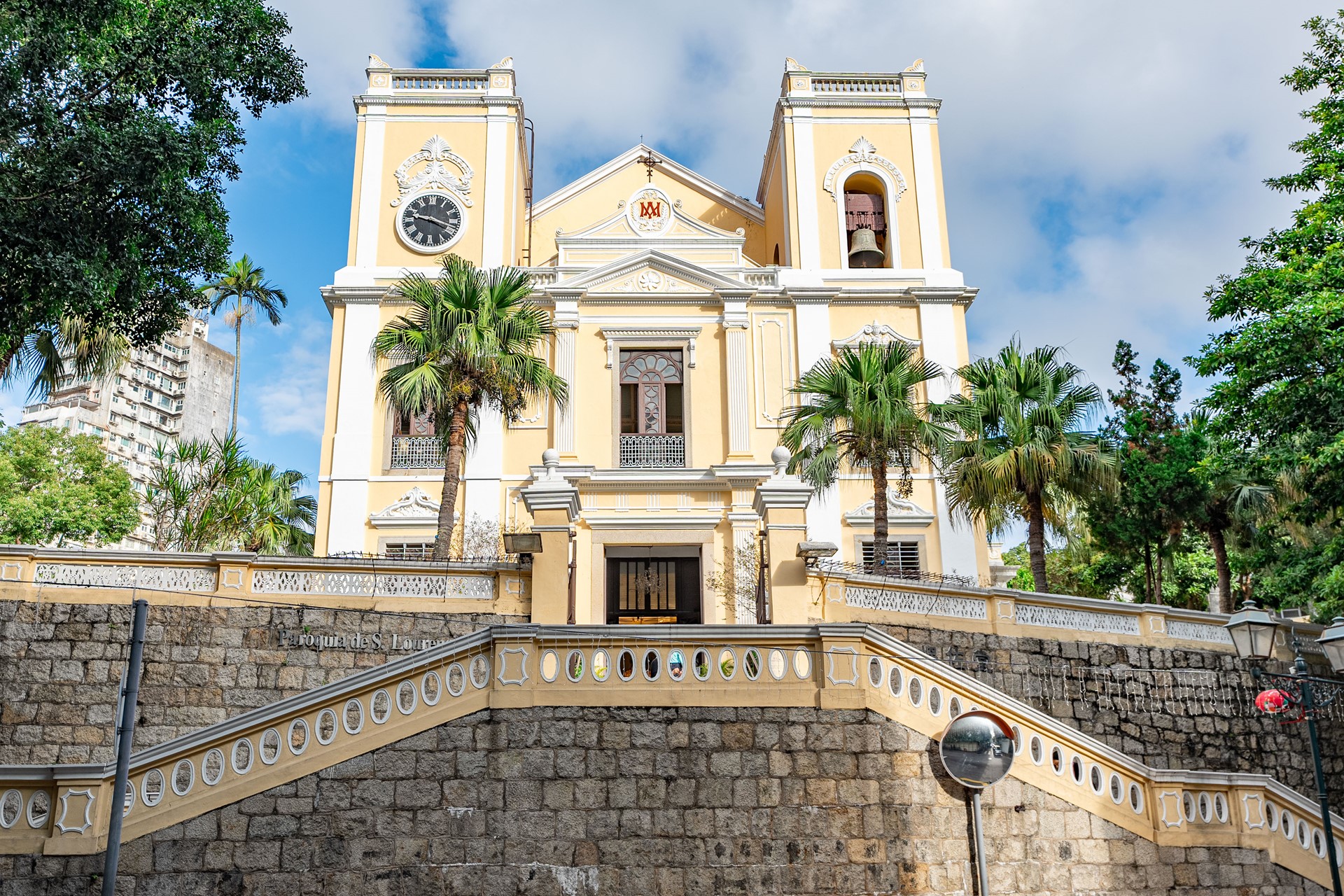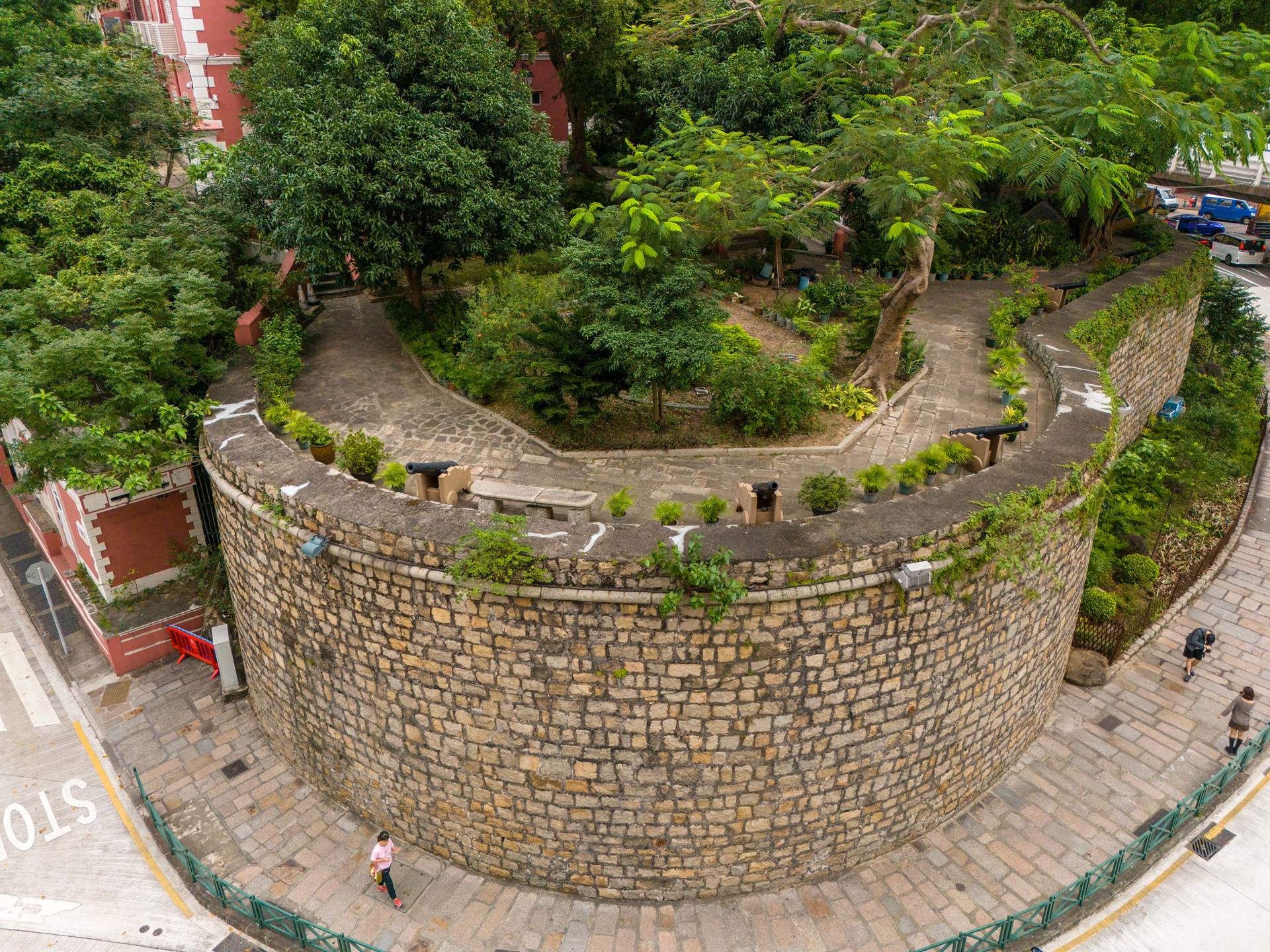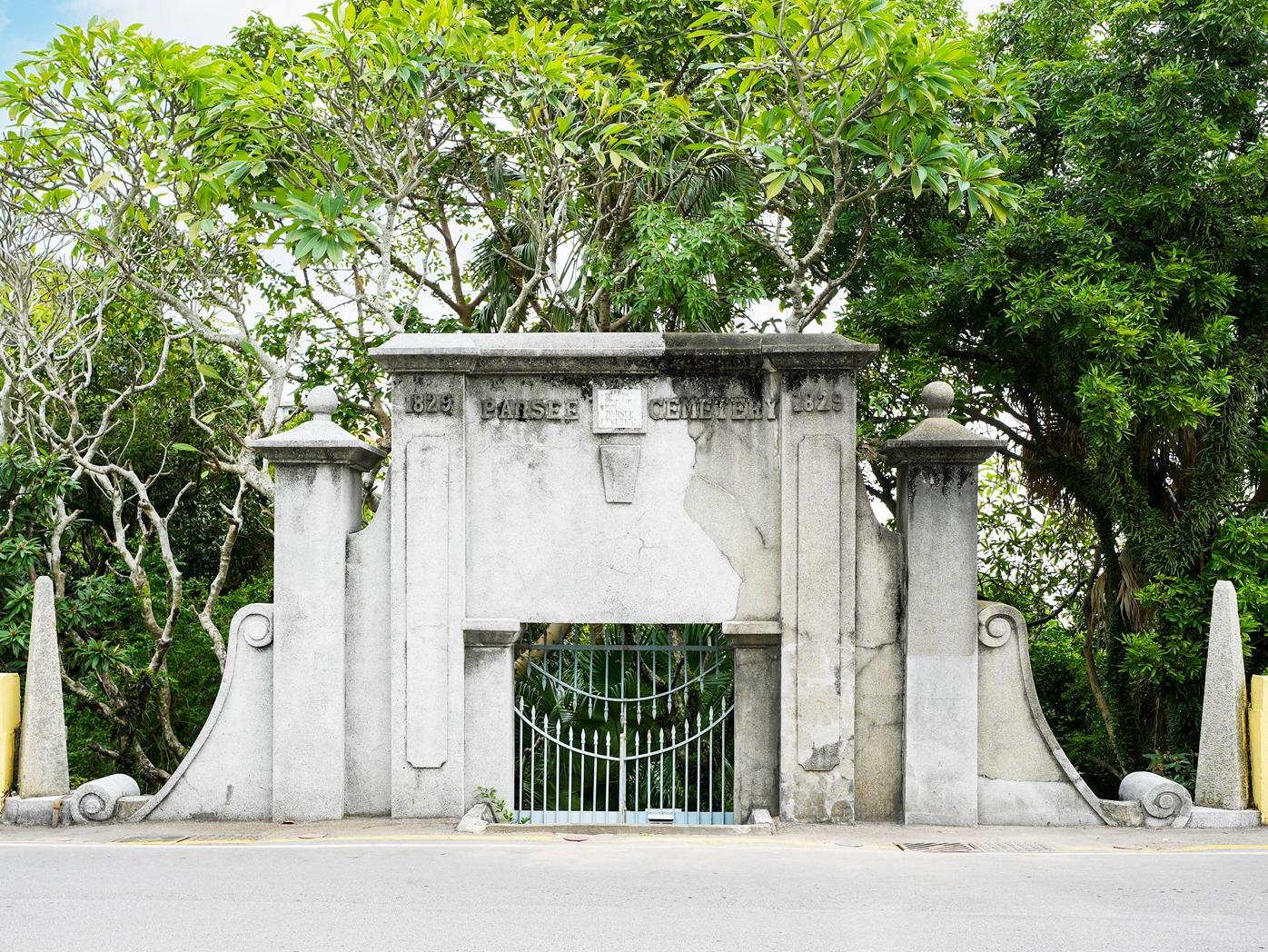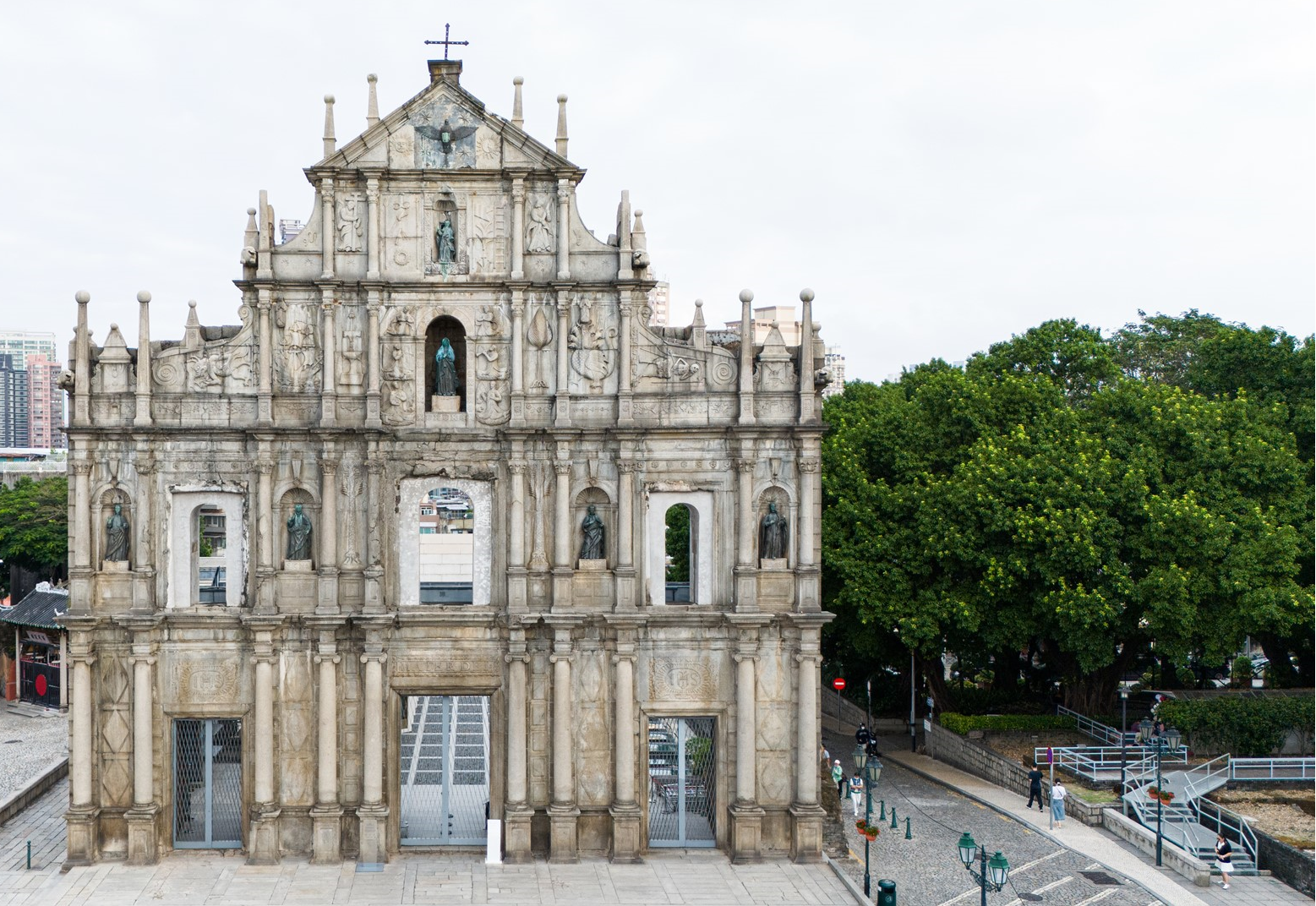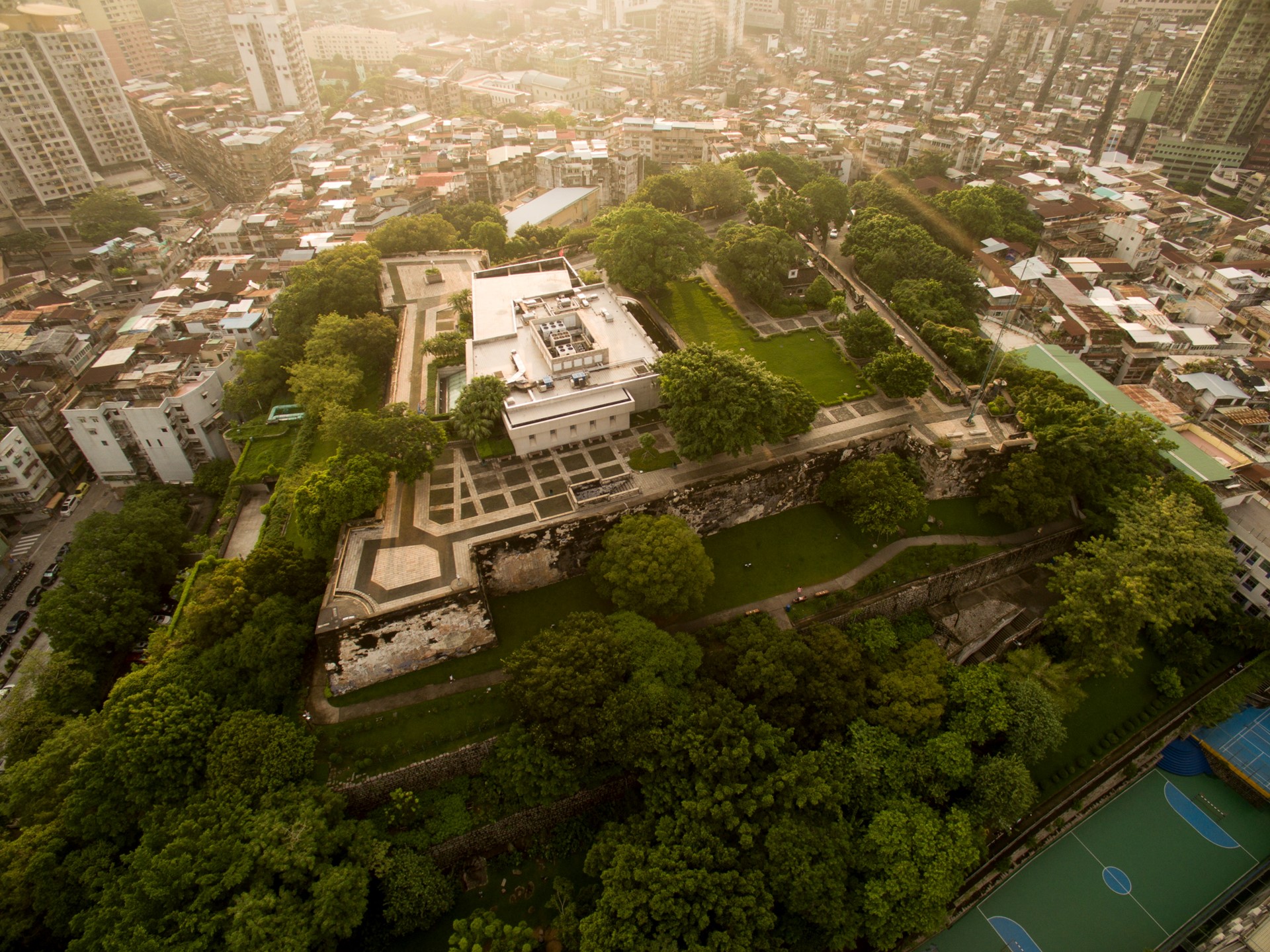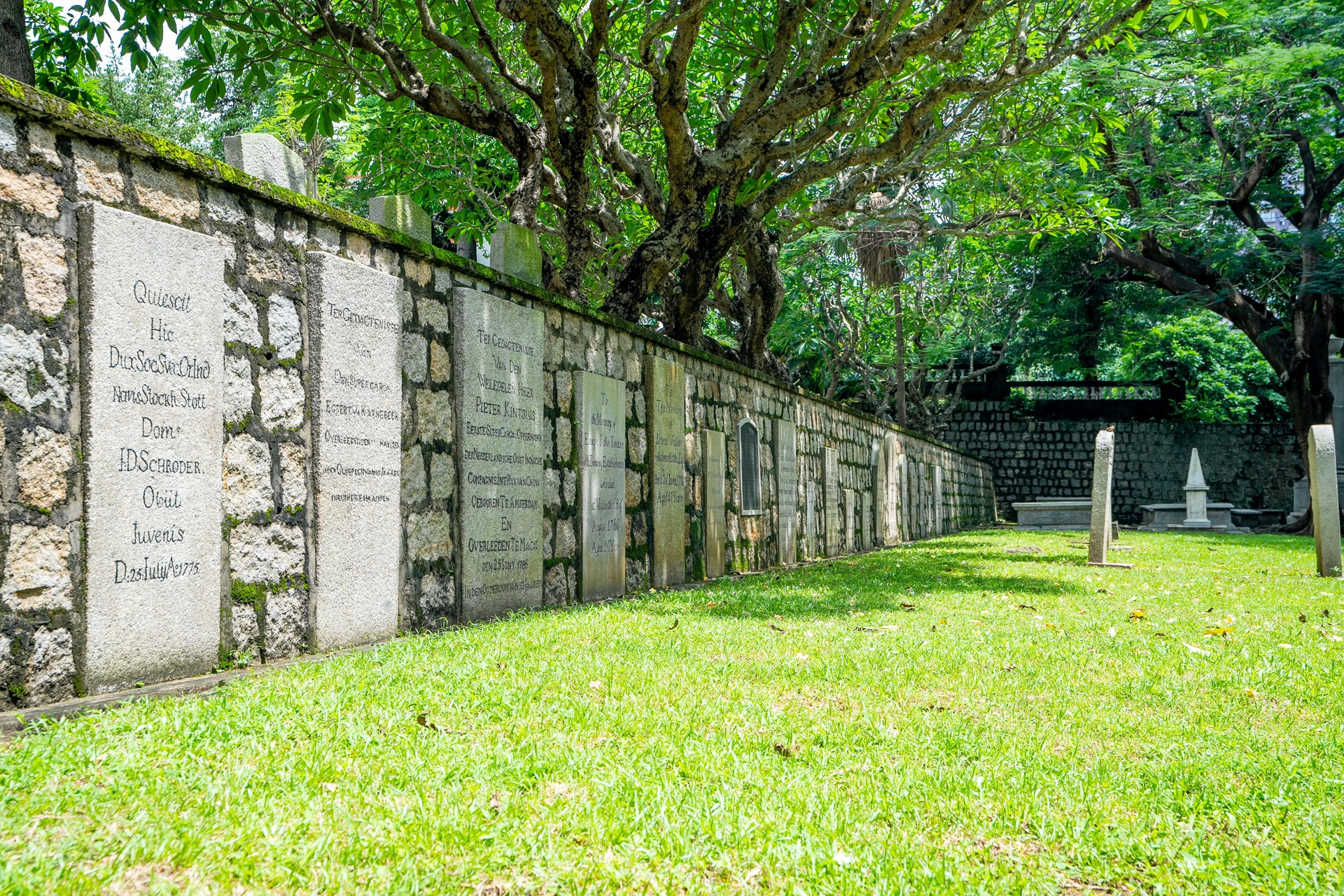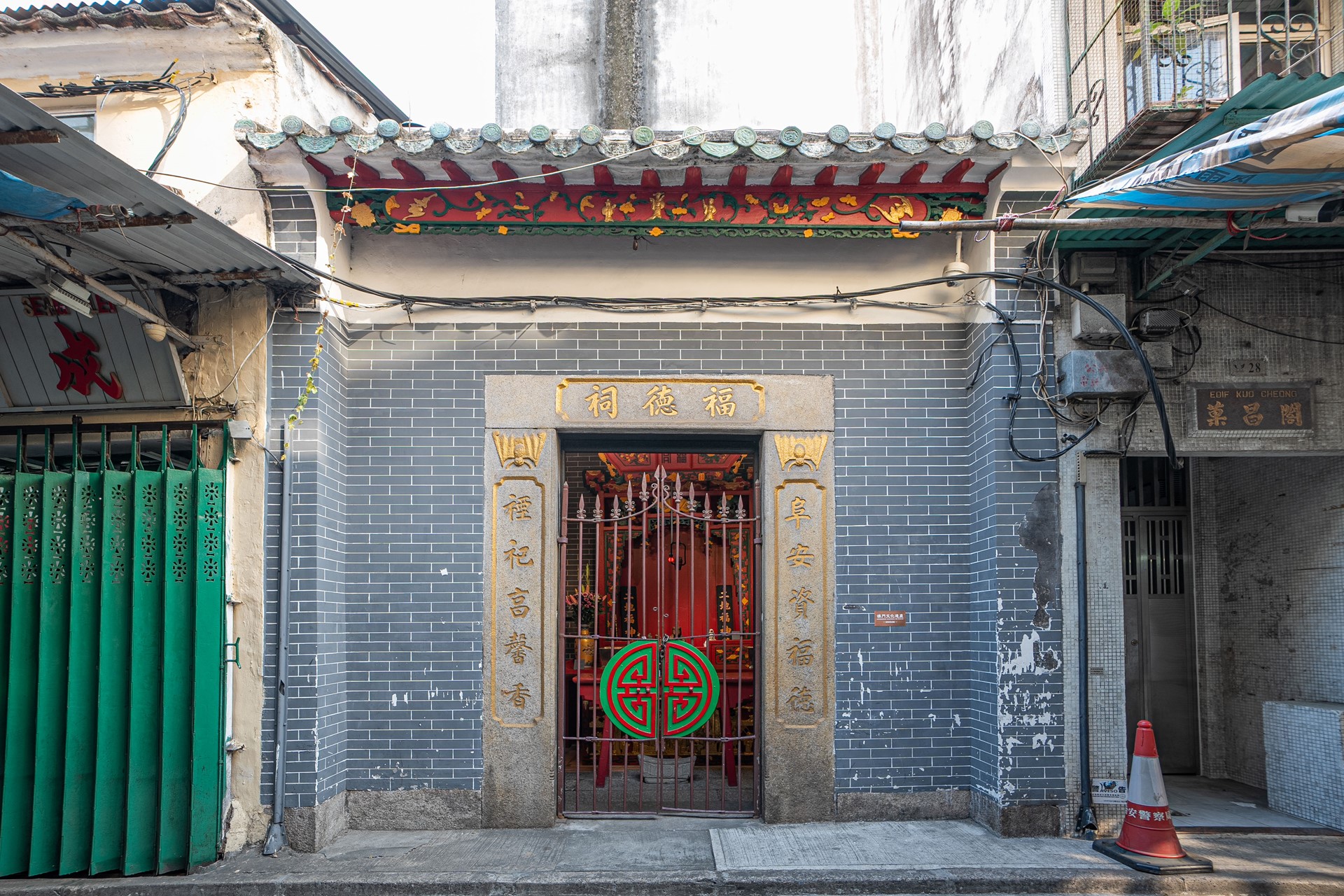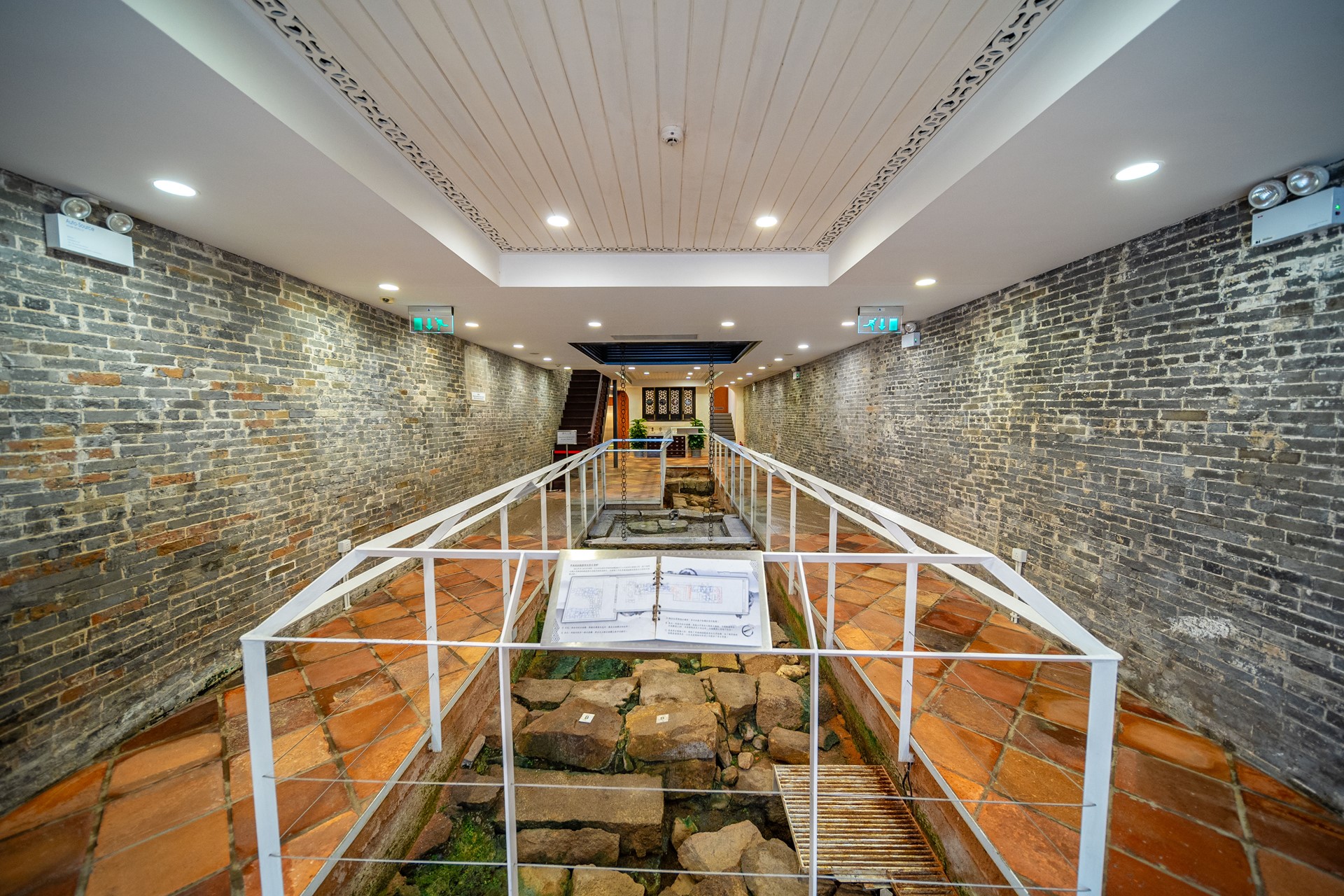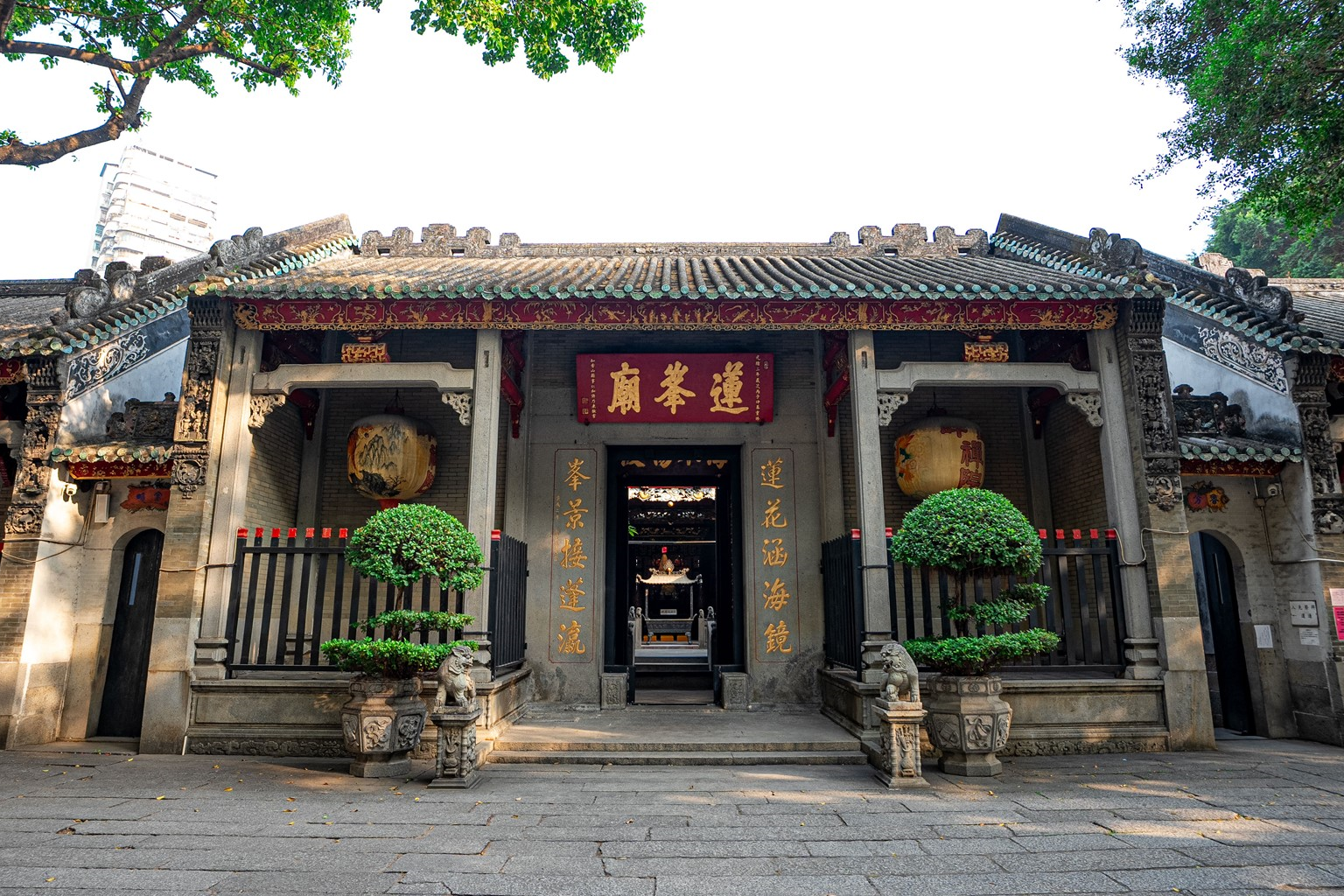By the side of Mount Fortress stands the façade of the former Church of Mater Dei, called by the Chinese as “Da San Ba Paifang” due to its resemblance to traditional Chinese archs (Paifang). The foundation stone of the Mother Dei Church (also known as St. Paul's Church) was laid in 1602, and the whole construction project took more than 30 years to be completed, with the façade corresponding to the last part of the construction. The church was affiliated to St. Paul’s College, which was first established by the Jesuits in 1594 and later rebuilt after a fire occurred in 1601. The college was a large compound, encircled by a wall, including a chapel, teaching area, dormitories, a vegetable garden and other facilities.
St. Paul's College was founded to train missionaries with the necessary knowledge and language skills to implement missions of evangelization in Japan and China and modeled on European universities’ system and curriculum. Most of the teachers were Jesuits, and most students were European missionaries, but there were also Chinese and Japanese seminarians. The academic program also included studies in humanities, sciences and arts, and the college taught every subject, from elementary knowledge to theology, noting that renowned missionaries like Johann Adam Schall von Bell, Giulio Aleni and Wu Li also studied there. After 160 years, St. Paul's College was shut down in 1762, following the Portuguese government’s extinction of the Society of Jesus, and the site was later converted into a military barracks. In 1835, a huge fire destroyed most of the buildings of St Paul’s College, with only the foundations of some structures and the façade of the old church surviving. In 1995, archaeological discoveries were made to the east of the Ruins of St. Paul’s, including remains of the old courtyards, corridors, prayer room, drainage channels and parapet walls.
Since the mid-16th century, Macao was an important node on the Maritime Silk Road, and at the same time that the trans-Asian sea route network developed, it attracted a great number of European missionaries, who came to prepare their evangelization work in China. The establishment of St. Paul's College demonstrates Macao's role as an important base for the evangelization of China. The sculpted decoration relief that we can see on the façade of Ruins of St. Paul's, which shows the Virgin Mary guiding a ship, attests to Macao's prosperous maritime trade at the time. St. Paul's College was not only the first Western-style higher education institution in China aimed at training European missionaries for evangelic missions to Japan and China, but also played an important role in promoting East-West cultural exchanges, besides bearing witness to Macao's role as a trading hub on the Maritime Silk Road and a foothold for Sino-West cultural exchanges.
